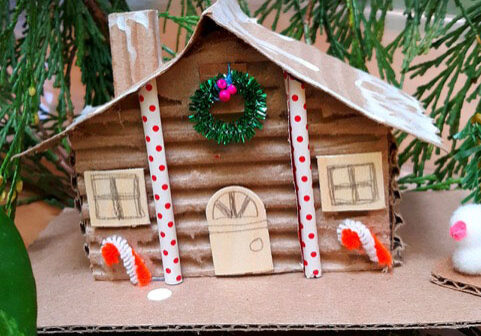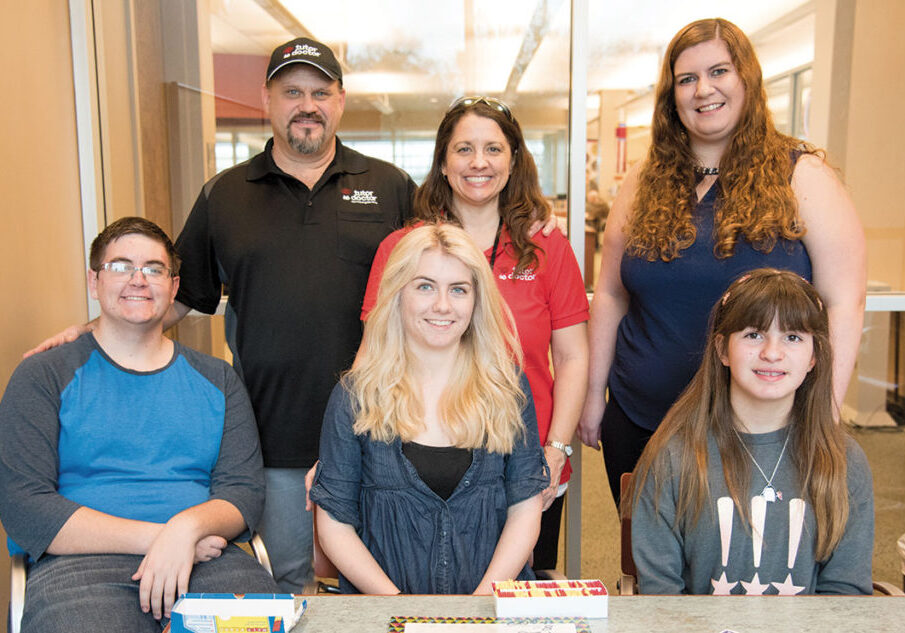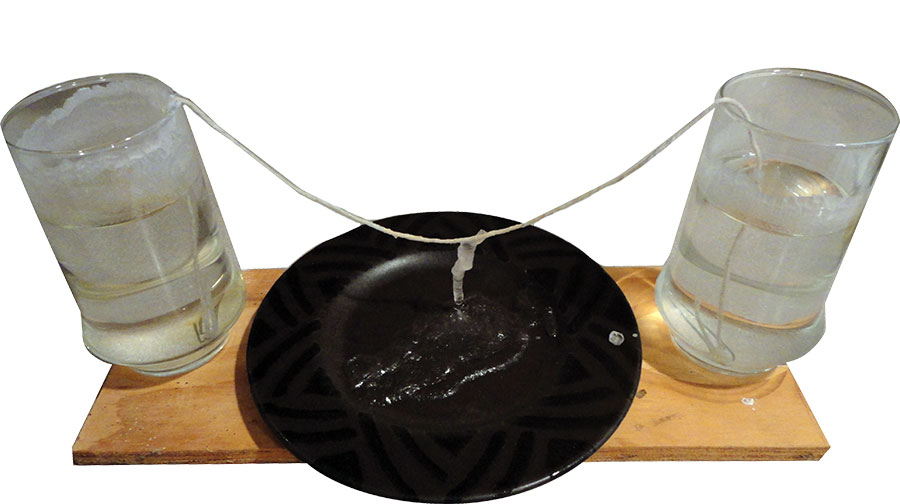Winter is upon us and with it some freezing weather. Well, that depends on where you are. Some kids rarely have a chance to see some snow or the iconic icicles. This month’s simple science experiment will have your child creating homemade icicles.
While it won’t be the actual way icicles form (the process more closely resembles how stalactites and stalagmites are created), it will create a wintery feel in your home, without the actual cold.
Materials for Homemade Icicles:
- 2 tall glasses
- 2 feet of cotton string (thicker than thread)
- 2 paper clips
- Water
- A plate
- Epsom salts or baking soda
- A deep bowl
Procedure:
- Pour about 1 cup of Epsom salts or baking soda into a bowl. Add about 2 cups of warm water and stir.
- As the materials dissolve, you should still see chunks floating in the water. If it all dissolves, add some more and stir it in.
- Tie the paper clips to either end of the string. Make sure this is a thick string (thicker than thread, but thinner than a shoelace).
- Put the string in the bowl of water and let it soak for an hour.
- Put 2 glasses about a foot apart with a small plate in between (I placed the items on a small piece of plywood in case I need to move the experiment.)
- After an hour, pour the water from the bowl into the two glasses. Hang the string between the two glasses with the paper clips inside the glasses (see photo). The string needs to hang between the glasses so its lowest point is below the water level in the glasses.
- If the Epsom salts or baking soda have completely dissolved in the water, add another spoonful now.
- Wait a few days to see your icicles form!
Explanation:
When you dissolve the solid in the water, it will flow with it, much. Much like when you put sugar or salt in water. We “saturated” the water in the bowl with Epsom salts or baking soda, meaning the water dissolved as much material as it could. We soaked the string in the liquid so that when we hung it across the two glasses, water would continue to flow up and through the string. The water carrying the dissolved material then dripped from the lowest part of the string, but left little bits of the solid behind. This built up over time and formed the icicle shape. On the plate, the solid material also collected into little mounds.
This is how stalactites and stalagmites form. Material inside rocks called “calcium carbonate” dissolves into water and then drips out of the ceiling of caves. The stalactites from the ceiling and stalagmites from on the ground as the material solidifies.
Experiment further:
Will other materials form solid “icicles?” Will sugar do the same thing? Think about other materials that dissolve in water that might work. My kids had the idea to color the water (they try to put food coloring in everything). Does that change the color of the substance? What if you put red on one side and blue on the other?
I hope you enjoyed this simple experiment!
Posted in: Art & Music, Community, Education
Comment Policy: All viewpoints are welcome, but comments should remain relevant. Personal attacks, profanity, and aggressive behavior are not allowed. No spam, advertising, or promoting of products/services. Please, only use your real name and limit the amount of links submitted in your comment.
You Might Also Like...

California Soccer Park Bringing People Together One Game At A Time
The Field is the Place to Be Soccer is a beloved sport that emphasizes community – something the California Soccer Park in Redding understands well. As the largest soccer park […]

Little Elves Workshop: A Joyous Family Holiday Tradition
Fragrant holiday wreaths, handmade holiday ornaments, craft tables laden with crafting supplies and projects and staffed by friendly elves, holiday music and entertainment, hot apple cider and seasonal treats – […]

Bippittee, Boppittee Boo, Storytime is for Babies, Too.
On a recent Monday at the Redding Library, a group of parents sit together with their babies on their laps and bounce them to “The Wheels on the Bus.” “Up […]

Tutor Doctor in the North State: Ten Steps Toward Building Your Child’s Strong Academic Future
Tutor Doctor in the North State Ten Steps Toward Building Your Child’s Strong Academic Future It’s that time of day again. The kids are home from school, backpacks bulging with […]



